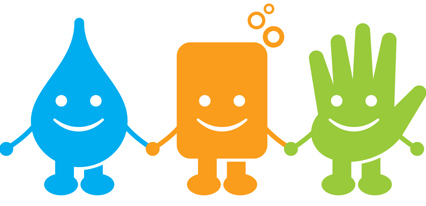Hospital-acquired infections are a serious issue. Resulting in loss of lives and increased hospital costs, both of which are preventable. These 5 tips may help.
Although the rates of infection have steadily decreased over the past few years, still approximately 75,000 deaths were attributed to hospital-acquired infections in 2011, according to the Centers for Disease Control and Prevention.
There are measures that can be taken to lower infection rates which are surprisingly easy.
Red blood cell (RBC) transfusion strategies are a common treatment in the U.S. But, infection rates dropped by 20 percent when hospitals performed them less often.
It is the simplest one on the list, and a shock that it even needs to be on here. Yet, a large enough portion of healthcare workers resist the practice that it bears constant reminding.
This is a shameless plug because it works. Other industries have adopted information technologies to dramatically improve their quality, Healthcare is no different.
A study at Case Western Reserve University School of Medicine found that a dedicated and educated housekeeping team reduced room infection by 89% of baseline.
- Consider using copper surfaces
A study published in the May 2013 issue of Infection Control and Epidemiology found that copper surfaces reduced the amount of health care-acquired infections by more than half.
Did you know that October 15, is Global Handwashing Day?
I didn’t until I wrote this article. Find out more information by visiting the globalhandwashing.org website.
